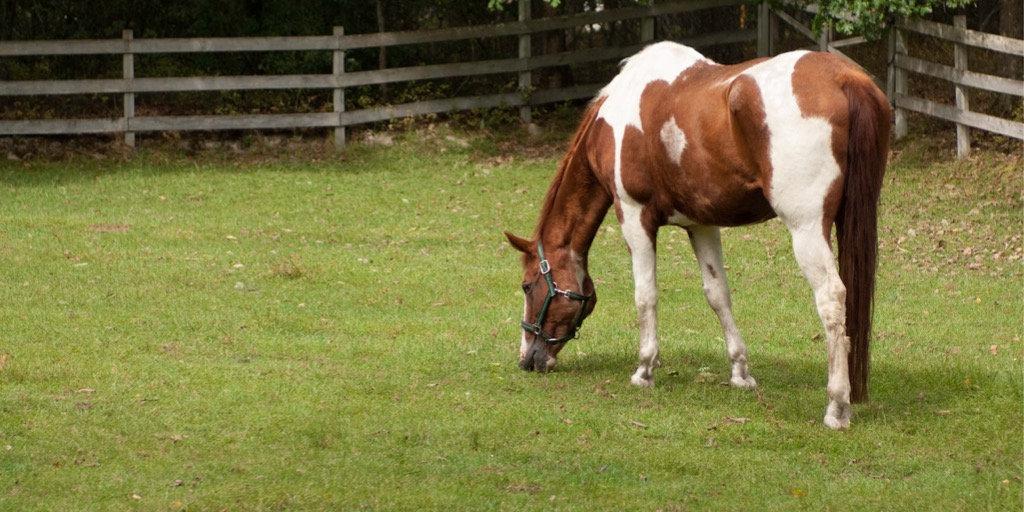As the years pass, you may find that you don’t leap out of bed feeling as spry as you once did. Likewise, it’s not unusual for an older horse to walk out of his stall or begin a ride feeling a bit stiffer than he did when he was younger.

Many physiological factors may contribute to this transient stiffness. Inactivity can cause tissues to contract, making it difficult and uncomfortable for a horse to use a joint through its entire range of motion. Inflammatory chemicals that collect in older joints can also contribute to discomfort and a feeling of stiffness. But as the horse begins to exercise, his tissues will stretch out and the built-up fluid will clear, allowing him to move more easily.
Click here to learn what noisy joints may mean.
If your horse works out of his initial stiffness within 15 minutes of starting a ride and it does not return, chances are good it’s nothing to worry about. Simply take it slow as he “works out the kinks,” and hold off on picking up the pace until he seems ready, limber and eager. Increasing his turnout time is also a good idea; outdoor living with an active, friendly herd will help keep an aging horse’s joints loose.
If your horse begins to take much longer to loosen up with each ride—or if he never seems to overcome the stiffness, no matter how minor—it may be time to talk to your veterinarian. Your horse is most likely developing arthritis, which can be addressed with an array of options, including supplements and medications. Your veterinarian will help you to develop a plan appropriate for your horse.
This article first appeared in EQUUS issue #460
Don’t miss out! With the free weekly EQUUS newsletter, you’ll get the latest horse health information delivered right to your in basket! If you’re not already receiving the EQUUS newsletter, click here to sign up. It’s *free*!









